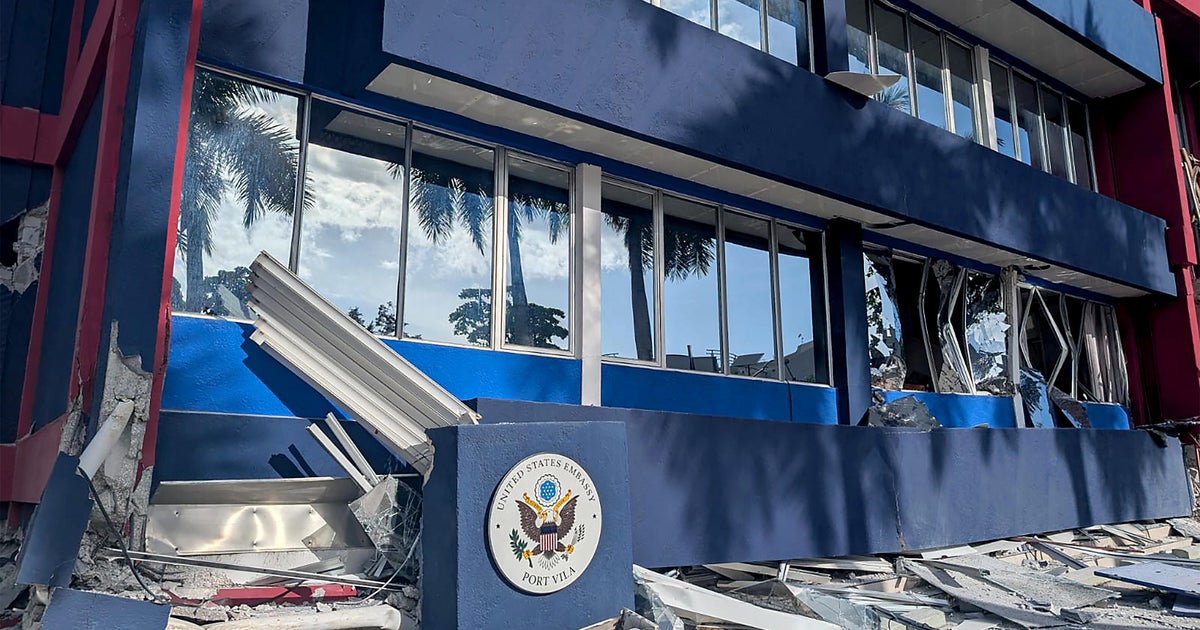Amelia Earhart case "closed" after analysis of her distress signals, researcher says
The disappearance of aviator Amelia Earhart 81 years ago is one of the greatest mysteries in American history. Researchers revealed a new clue this week that may shed light on what happened to Earhart and her navigator, Fred Noonan, as they tried to circle the globe.
Ric Gillespie, who has researched Earhart's doomed flight for 30 years, says he has proof that Earhart crash-landed on a remote South Pacific island about 2,000 miles from Hawaii, and that she called for help for nearly a week before her plane was swept out to sea.
"Everybody expected a happy ending to the search because Amelia was out there calling for help and her calls were being heard," Gillespie said.
He has located documentation of distress signals that were sent in the days after Earhart's disappearance. Those signals prompted the Navy to launch a rescue mission.
"It took the battleship a week to get there, by which time the radio signals had stopped, and when the planes flew over the island, they didn't see an airplane," Gillespie said.
"Now the airplane's manufacturer, Lockheed, had said that if you're hearing calls from this airplane it's not floating around in the water because the radios would be wet, it wouldn't work. The airplane is on land and able to run an engine to recharge the battery, so it's on its wheels. She's made a safe landing someplace," Gillespie said.
Gillespie said the calls weren't just heard by the Navy, but also by dozens of people who unexpectedly picked up Earhart's transmissions on their radios thousands of miles away. Reports of people hearing calls for help were documented in places like Florida, Iowa and Texas. One woman in Canada reported hearing a voice saying "we have taken in water. … We can't hold on much longer."
Gillespie's organization, The International Group for Historic Aircraft Recovery, has also found forensic evidence that bones found on the island are almost certainly Earhart's.
While the official stance is that Earhart and Noonan were lost at sea, Gillespie said the radio evidence only strengthens his theory that they survived the initial landing.
"This case is closed," Gillespie said.



